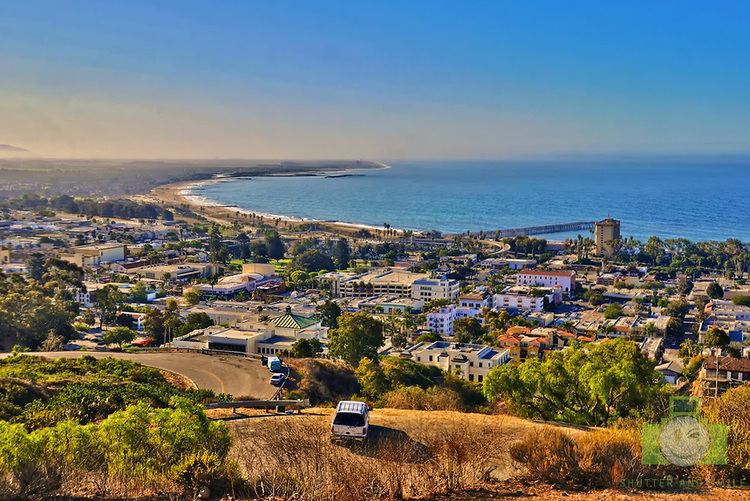1. Trends and patterns in intermarriage

In 1967, whenever miscegenation rules had been overturned in the usa, 3% of most newlyweds had been hitched to some body of the various battle or ethnicity. Since that time, intermarriage prices have actually steadily climbed. By 1980, the share of intermarried newlyweds had about doubled to 7%. And also by 2015 the true quantity had risen up to 17per cent. 4
All told, significantly more than 670,000 newlyweds in 2015 had recently entered into a married relationship with some body of a various battle or ethnicity. In comparison, in 1980, the very first 12 months for which step-by-step data can be found, about 230,000 newlyweds had done this.
The long-lasting growth that is annual newlyweds marrying some body of a unique competition or ethnicity has resulted in dramatic increases within the general amount of people who will be presently intermarried – including both people who recently hitched and the ones who did so years, and sometimes even years, earlier in the day. In 2015, that quantity stood at 11 million – 10% of all of the married people. The share has tripled since 1980, whenever 3% of married people – about 3 million altogether – had a partner of a various competition or ethnicity.
Intermarriage differs by competition and ethnicity
Overall increases in intermarriage have already been fueled to some extent by increasing intermarriage prices among black colored newlyweds and among white newlyweds. The share of recently hitched blacks having a partner of a race that is different ethnicity has significantly more than tripled, from 5% in 1980 to 18percent in https://hookupdate.net/asexual-dating/ 2015. Among recently hitched whites, prices do have more than doubled, from 4% as much as 11per cent.
In the time that is same intermarriage has ticked down among recently hitched Asians and stayed more or less stable among Hispanic newlyweds. And even though intermarriage will not be increasing for those two teams, they stay much more likely than black colored or white newlyweds to marry some body of a various battle or ethnicity. About three-in-ten Asian newlyweds (29%) have partner of the race that is different ethnicity. Exactly the same will additionally apply to 27% of Hispanics.
The likelihood of intermarriage is closely related to whether they were born in the U.S. or abroad for newly married Hispanics and asians. One of the 50 % of Hispanic newlyweds who will be immigrants, 15% hitched a non-Hispanic. In contrast, 39% associated with the U.S. born did so. The pattern is comparable among Asian newlyweds, three-fourths of whom are immigrants. While 24% of foreign-born Asian newlyweds have partner of a different sort of battle or ethnicity, this share rises to 46% among the list of U.S. born.
The changing racial and profile that is ethnic of newlyweds is related to development in intermarriage

Significant growth into the Hispanic and Asian populations within the U.S. since 1980, in conjunction with the high prices of intermarriage among Hispanic and Asian newlyweds, happens to be a essential aspect driving the increase in intermarriage. The share of all newlyweds that were Hispanic rose 9 percentage points, from 8% to 17%, and the share that were Asian grew from 2% to 6% since that time. The share of white newlyweds declined by 15 points and the share of black newlyweds held steady at the same time.
How big is each racial and cultural group can additionally influence intermarriage prices by impacting the pool of prospective wedding lovers when you look at the “marriage market,” which comprises of all newlyweds and all sorts of unmarried grownups combined. 5 as an example, whites, whom comprise the largest share regarding the U.S. population, may become more more likely to marry somebody of the identical battle mainly because many potential lovers are white. And people of smaller racial or groups that are ethnic be much more prone to intermarry because reasonably few prospective lovers share their battle or ethnicity.
But size alone cannot explain intermarriage patterns totally. Hispanics, for example, made 17% for the U.S. wedding market in 2015, yet their newlywed intermarriage rates were similar to those of Asians, whom comprised just 5% for the wedding market. Even though the share for the wedding market made up of Hispanics is continuing to grow markedly since 1980, with regards to ended up being 6%, their intermarriage price has remained stable. Possibly more striking – the share of blacks within the wedding market has remained pretty much constant (15% in 1980, 16% in 2015), yet their intermarriage price has significantly more than tripled.
For blacks and Asians, big sex gaps in intermarriage
Since there is no general sex distinction in intermarriage among newlyweds 6 , starkly different sex habits emerge for many major racial and cultural teams.
One of the more dramatic habits happens among black newlyweds: Black guys are two times as likely as black colored females to possess a partner of a various battle or ethnicity (24% vs. 12%). This sex space happens to be a long-standing one – in 1980, 8% of recently hitched black colored males and 3% of the feminine counterparts had been married to some body of a race that is different ethnicity.

